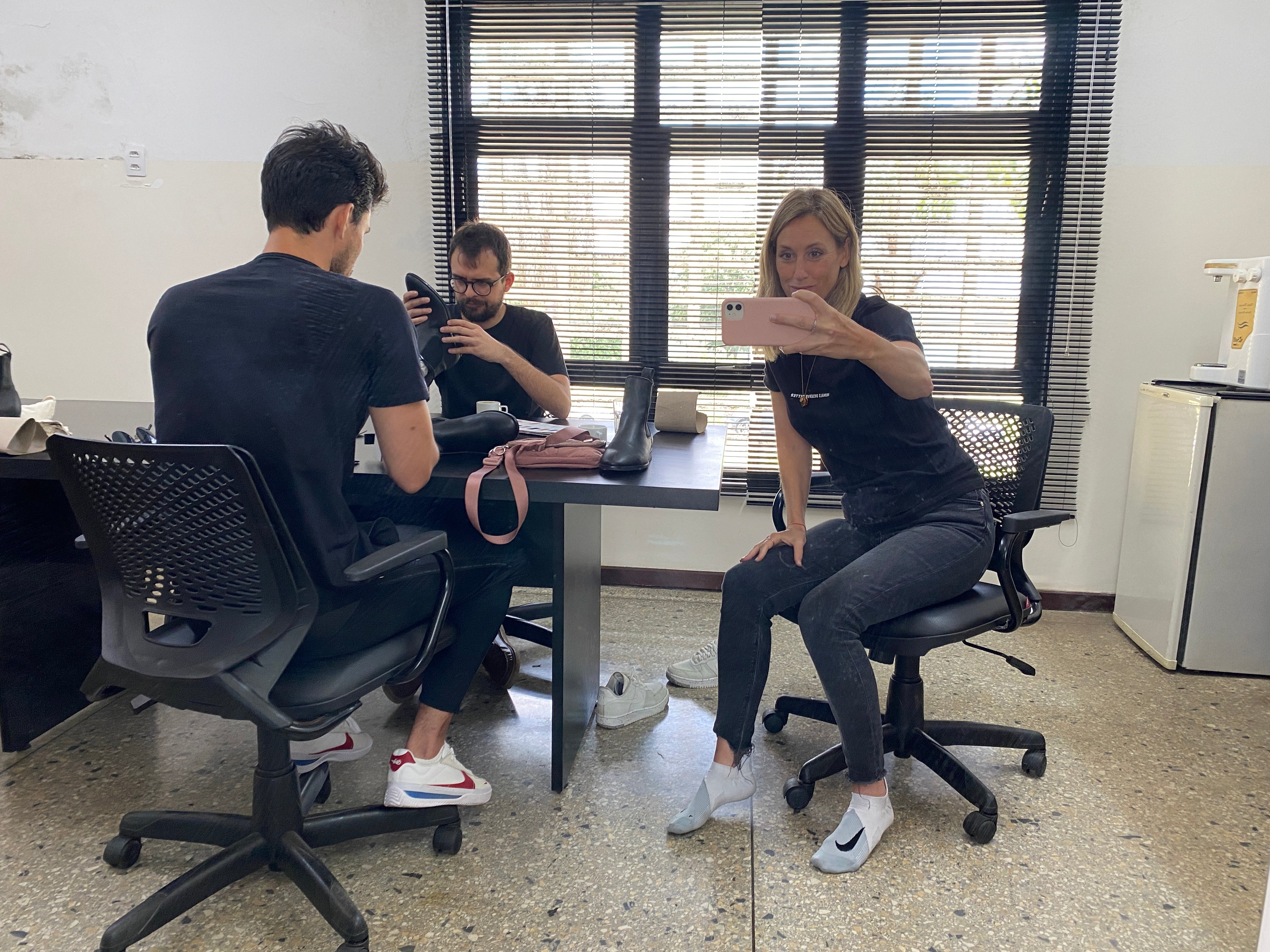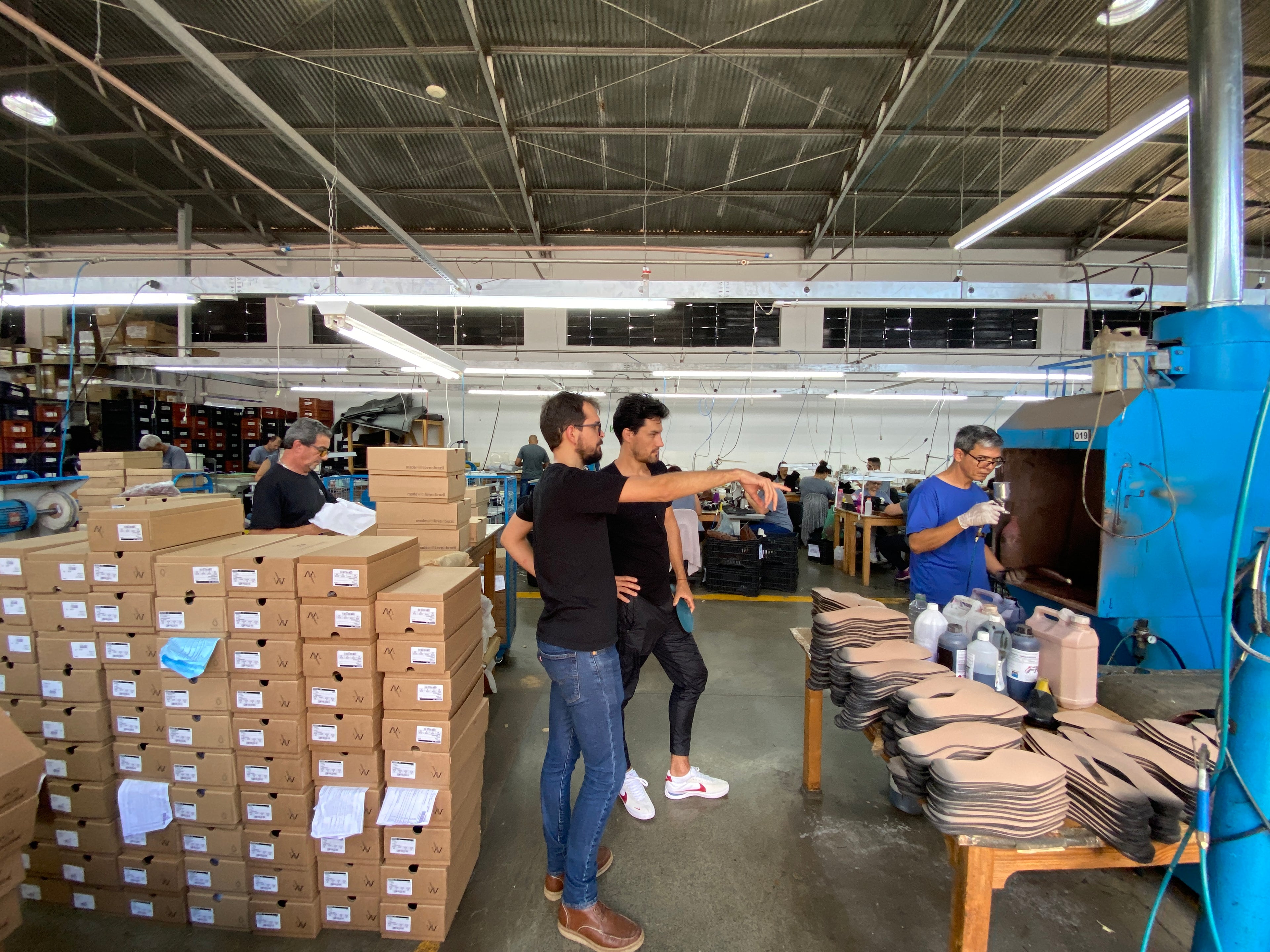"To satisfy a consumer base seeking more sustainable vegan leather options, a number of companies have started working with other, plant-based materials, including cork, pineapple, mushroom, corn, coconut and cactus, to produce versatile and eco-friendly textiles."
Thank you Sentient Media for this article:
https://sentientmedia.org/what-is-vegan-leather/
The vegan leather market has boomed in recent years, reaching a global value of $39.5 billion in 2022, and a projected value of $74.5 billion by 2030. A growing consumer market is seeking animal-free leather alternatives, and for all sorts of reasons, including ethical and environmental concerns. As a result, an abundance of vegan leather manufacturers and brands have come onto the market with products created from a variety of materials.
Mushroom Leather
Mushroom leather brands, like Mylo, originate from mycelium, the root structure of mushrooms. “The mycelium is grown in vertical, indoor farms in a matter of days,” explains Collective Fashion Justice, “as opposed to years in the case of cattle,” and requires far less water and land. Mushroom leather is biodegradable, versatile and durable. Mylo has partnered with brands like Stella McCartney and Lulu Lemon to create exclusive products.
Corn Leather
Corn leather is derived from corn waste and often used in conjunction with other animal-free materials. For example, YUMI Leather, “is made from 40% corn wastes extracted from industrial corn processing such as corn oil. The remainder of the components consist of recycled and virgin polyester and nylon,” according to Hong Kong vegan retailer O.N.E. Brands such as LØCI and Veja currently sell shoes made with corn waste and other materials.
Coconut Leather
Coconut leathers are made from coconut husks or coconut water, both of which are considered waste products. One brand, Malai Eco, is based in India. It manufactures a leather-like material from the water of mature coconuts, which it ferments into a jelly that is added to natural fibers, gums, resins and oils to produce the material called Malai.
Cactus Leather
Cactus leather is mainly made from cacti grown in Mexico, “where its makers support natural biodiversity,” writes Collective Fashion Justice, adding, “No trees have been cut down for the plantation.” The end result is a leather like material that is uniquely breathable. Mercedes Benz includes cactus leather (and Mylo) in the interior of its VISION EQXX electric car.
The Truth About Animal Leather
A common myth about animal-derived leather is that it’s a harmless byproduct of meat production, a way to make animal agriculture more sustainable by using skins rather than throwing them out. Yet because animal leather brings in substantial profit all its own, and is responsible for its own environmental harms, ethical fashion advocates and researchers argue that it is better described as a co-product of the meat industry.
Animal agriculture as a whole is responsible for at least 14.5 percent of global greenhouse gas emissions, as well as freshwater pollution, biodiversity loss, ocean degradation and deforestation. But animal leather production in particular is directly related to the destruction of the Amazon rainforest, making up more than a quarter of the value of the Brazilian cattle trade and the most valuable sector of the region’s cattle industry.
What’s more, the process of tanning animal skins involves the use of toxic chemicals, such as chromium, generating hazardous waste and pollution and impacting ecosystems and waterways.
As an alternative to animal-derived leather, vegan leathers benefit both the planet and the animals by sidestepping the extensive natural resources required to farm animals, cutting water use and greenhouse gas emissions. Plus, vegan leathers are made without animal suffering, or slaughter.


